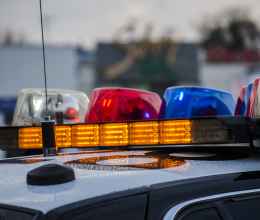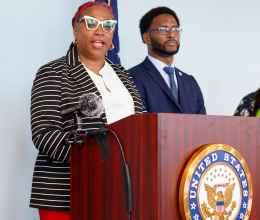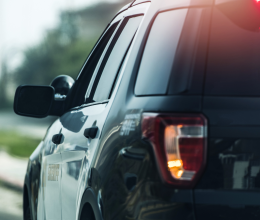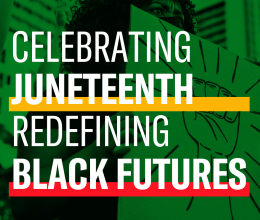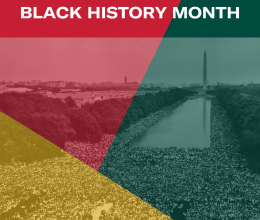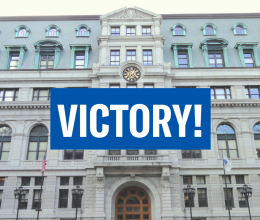Promoting body-worn cameras for police has always been about one thing: police accountability. Communities across the country are advocating for the adoption of these devices because of a history of abuses experienced by historically vulnerable and disenfranchised communities. We hear countless stories from poor people, people of color, and non-English speakers experiencing discrimination, harassment, and abuse at the hands of police.
Unfortunately, however, the evidence necessary to support these accusations are rarely if ever available, unless bystanders or nearby surveillance cameras happen to capture it on video. Without such video, police have even argued that citizens’ complaints against officers for rude, disrespectful, and abusive behavior are frivolous.
Technology like body-worn cameras can help to bridge this divide, because relatively objective video documentation can hold both police and civilians to account for their behaviors. Body-worn cameras can protect people on both sides of a police badge.
We have attempted to identify locations where body-worn cameras might offer a particular benefit, given their concentrations of potentially vulnerable populations. Massachusetts has several communities with significant concentrations of people of color, non-English speakers, and people living under the poverty threshold, and people in these communities frequently voice demands for greater police accountability and better police and community relations.
The ACLU of Massachusetts has identified 40 such municipalities with census-block groups that have 25 percent or more people of color, non-English speakers, or people living below the poverty threshold. Some of the municipalities are at 25 percent or more for each of the demographic categories throughout all of the municipality’s census block groups. Other municipalities are at 25 percent or more for two of the demographic categories in a little less than half of the municipality’s census block groups. We derived this information from the Massachusetts Executive Office of Energy and Environmental Affairs, which uses this data to identify Environmental Justice Communities.
This list is not exhaustive and by no means speaks to the history of police and community relations in each of the municipalities, but we have contacted the police departments in the following cities and towns to offer them a copy of our suggested model policy, developed in consultation with community advocates and other civil rights organizations, to help police do it right when they introduce body-worn cameras:
And we aren't just dropping a policy in the mail. We have also offered to provide assistance to the chiefs of police in each of these municipalities to help develop policies that encourage accountability and protect privacy. We hope they take us up on the offer.To learn more about how this effort plays out, check our interactive map to see what's happening near you, and follow us on Facebook, Twitter, or Instagram. The time has come for Massachusetts communities to adopt police body-worn cameras—and to do it right.
| Amherst | Holyoke | Peabody |
| Ayer | Lawrence | Pittsfield |
| Boston | Leominster | Quincy |
| Brockton | Lexington | Randolph |
| Brookline | Lowell | Revere |
| Cambridge | Lynn | Salem |
| Chelsea | Malden | Shrewsbury |
| Chicopee | Marlborough | Southbridge |
| Clinton | Medford | Springfield |
| Everett | Methuen | Stoughton |
| Fall River | Milford | Taunton |
| Fitchburg | Milton | West Springfield |
| Framingham | New Bedford | Westborough |
| Gardner | Northampton | Westfield |
| Haverhill | Oak Bluffs | Worcester |
